Circling Disease In Goats
Circling disease in goats. The bacteria can be found in milk urine feces uterine fluids and placentas. However the recovery rate can be up to 30 with prompt aggressive therapy. The encephalitic form inflammation of the brain has a high mortality rate.
Compulsive circling head pressing and depression are common signs. In goats it is called Circling Disease because affected animals commonly walk compulsively in a circle. Chronic coenurosis is more commonly reported in growing sheep aged 6 to 18 months where the signs develop slowly and progressively.
Many species of ticks can carry and transmit the disease as well as cattle pigs cats dogs and wildlife in addition to sheep and goats. Listeriosis is a disease that can affect all ruminants as well as other animal species and humansListeriosis is an important infectious disease of sheep and goats most commonly causing encephalitis but also capable of causing a. Scrapie is a naturally occurring transmissible spongiform encephalopathy TSE in sheep and goats which causes neurological signs and ultimately leads to death.
Listeria is zoonotic and can be transferred to humans. Listeriosis is an important infectious disease of sheep and goats most commonly causing encephalitis but also capable of causing a blood infection and abortion. Symptoms include circling in one direction high fever lack of appetite red tissues around the eyes maybe with blindness and depression.
Goats and sheep are infected by ingestion of spoiled forages and feed contaminated by L. Circling is frequently seen but listeriosis should be considered with any cranial nerve deficit especially if multiple asymmetric deficits exist even if circling is not present. A fever of 40ºC or higherNervousness seen in unusual behaviour like walking into fences circling falling down or chewing movementsTrouble with walking or walking in high stepsConvulsions with pedalling motions.
Listeriosis circling disease Listeriosis is caused by the bacteria Listeria monocytogenes that can affect all mammals including humans. The course of the disease is usually short in sheep and goats typically lasting a few days before death but it tends to progress more slowly in cattle which often survive for 1-2 weeks. Listeriosis Circling Disease Listeriosis is a life-threatening disease of goats and sheep caused by the bacteria Listeria monocytogenes.
It can also cause mid- to late-term abortions. Affected animals may have a paralysis of one side of the face represented by a droopy ear drooping eyelid and saliva running from limp lips.
In goats the cysts can form in subcutaneous and muscular sites as well as the brain and spinal cord The onchosphere develops into a metacestode larval stage called Coenurosis cerebralis The Coenurosis cerebralis matures into a thin-walled fluid-filled cyst about 5cm in diameter.
Many species of ticks can carry and transmit the disease as well as cattle pigs cats dogs and wildlife in addition to sheep and goats. Listeriosis in goats is characterized by depression and cranial nerve deficits. Listeriosis in Ruminants and Human Risk Listeriosis also called Circling Disease or Silage Sickness is a disease of worldwide occurrence that can affect all ruminants as well as other animal species and humans. Up to 20 of the goats in a herd may be involved. Progression of the disease can be quick with many animals found recumbent. Encephalitis is the most readily recognized form of listeriosis in ruminants. Listeriosis Circling Disease Listeriosis is a life-threatening disease of goats and sheep caused by the bacteria Listeria monocytogenes. Affected animals may have a paralysis of one side of the face represented by a droopy ear drooping eyelid and saliva running from limp lips. Compulsive circling head pressing and depression are common signs.
The disease may cause late-term abortions stillbirths and weak newborns in sheep and especially in goats. Many species of ticks can carry and transmit the disease as well as cattle pigs cats dogs and wildlife in addition to sheep and goats. The disease is caused by misfolding of the prion protein which makes the physiological cellular form PrP C resistant to enzymatic digestion with proteinases Prusiner 1995. Listeriosis is an important infectious disease of sheep and goats most commonly causing encephalitis but also capable of causing a blood infection and abortion. A fever of 40ºC or higherNervousness seen in unusual behaviour like walking into fences circling falling down or chewing movementsTrouble with walking or walking in high stepsConvulsions with pedalling motions. Compulsive circling behaviour is commonly observed. Progression of the disease can be quick with many animals found recumbent.











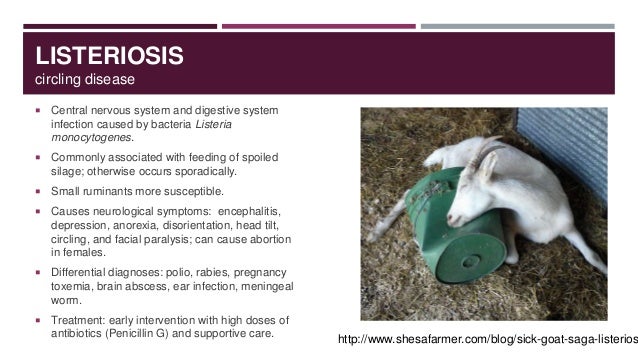

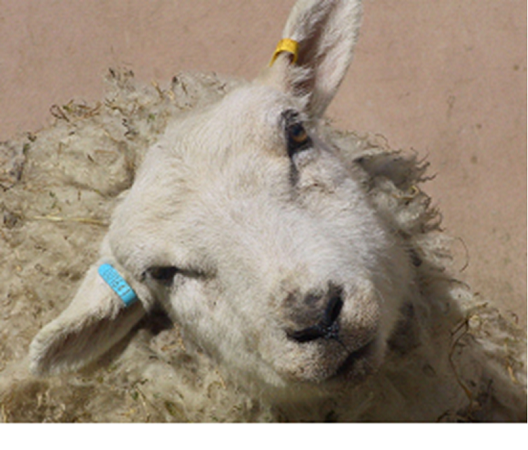










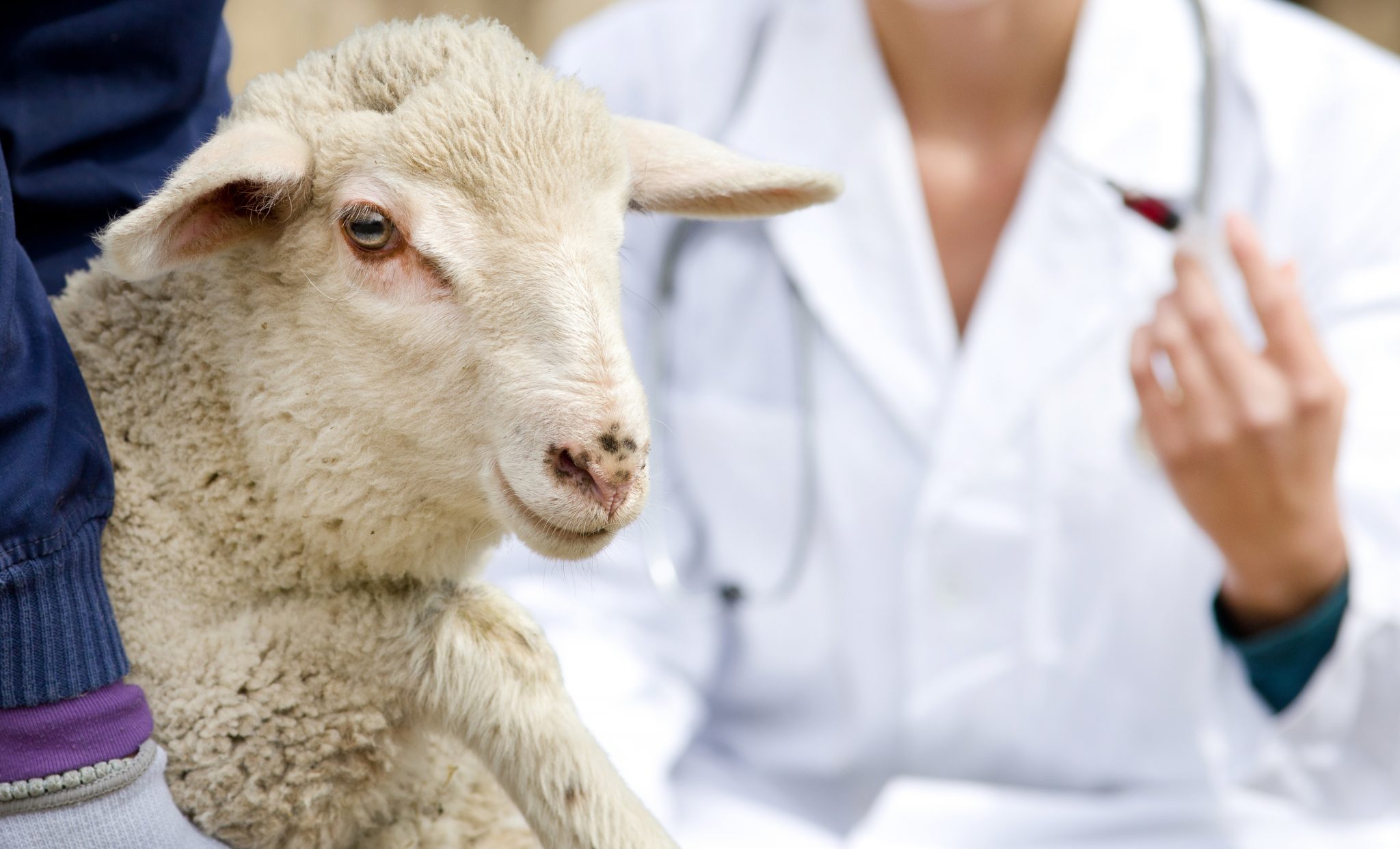

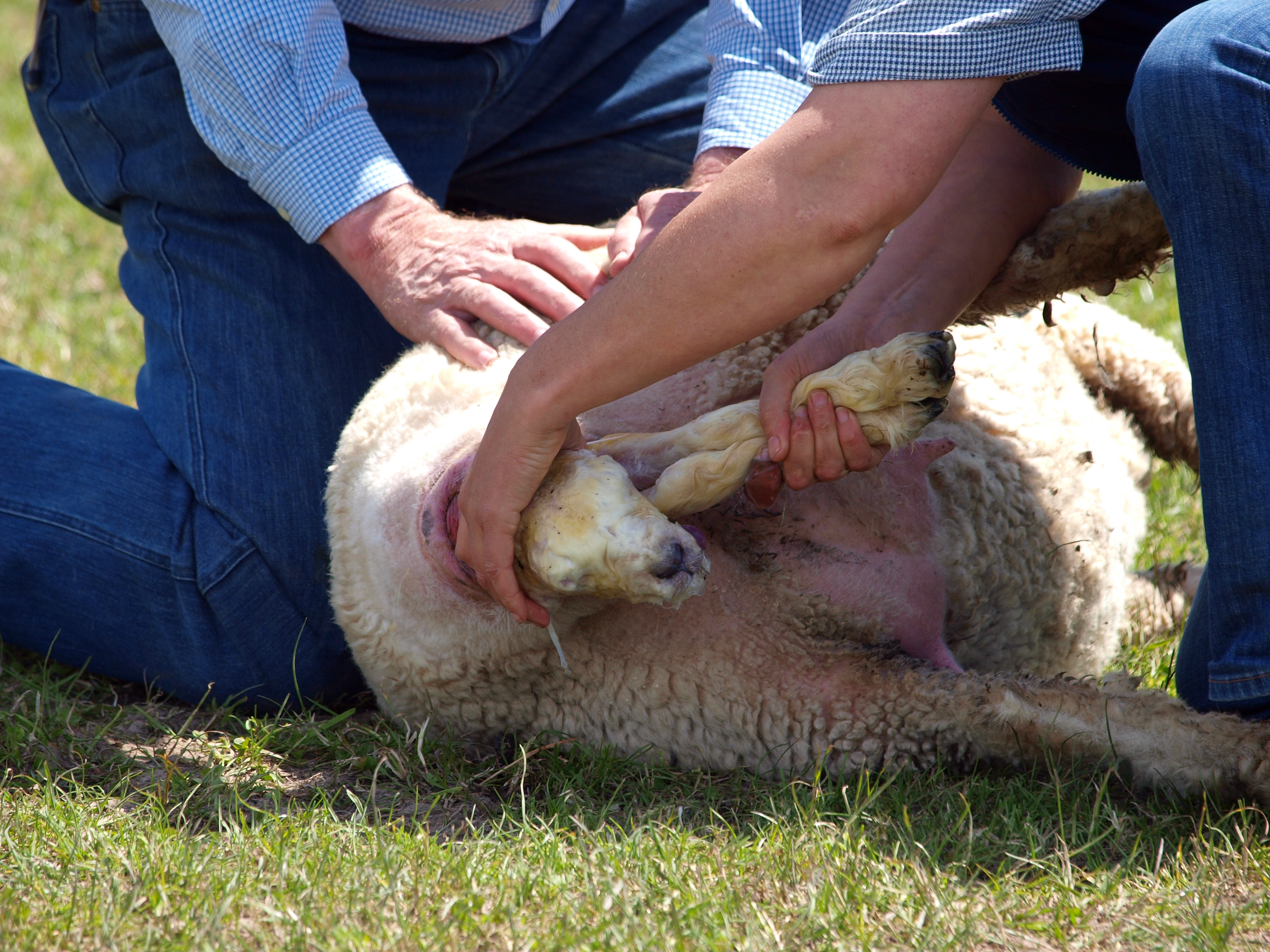






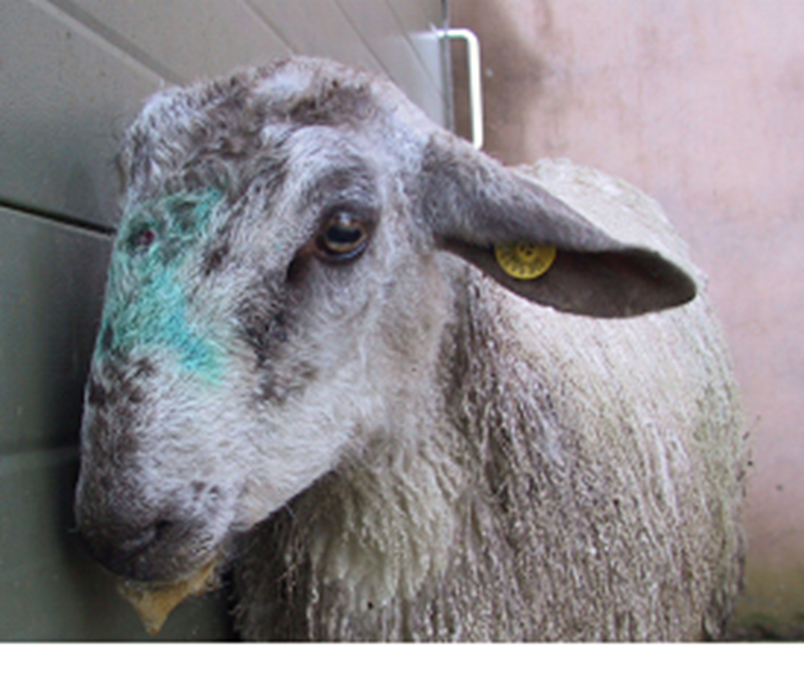


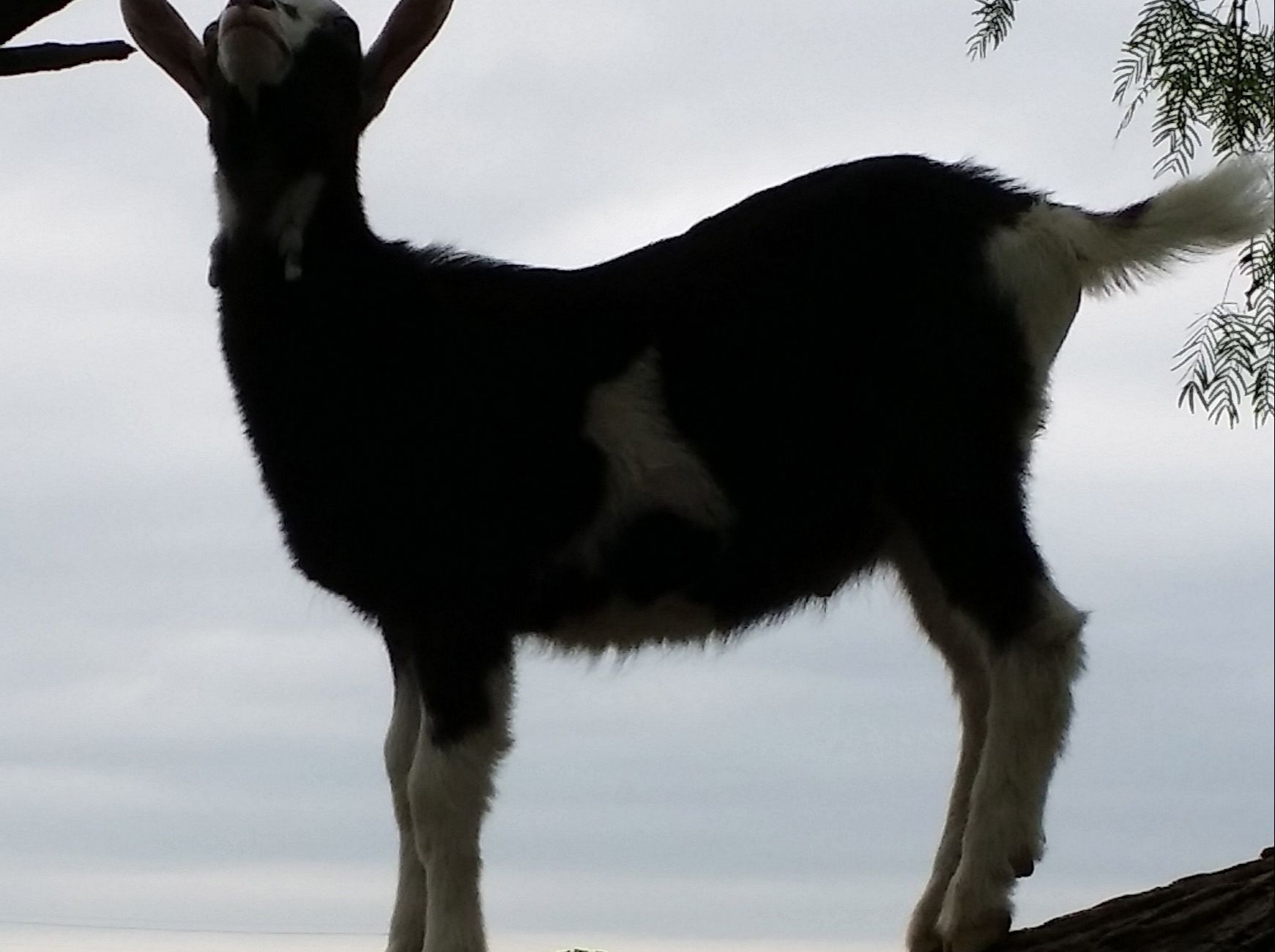
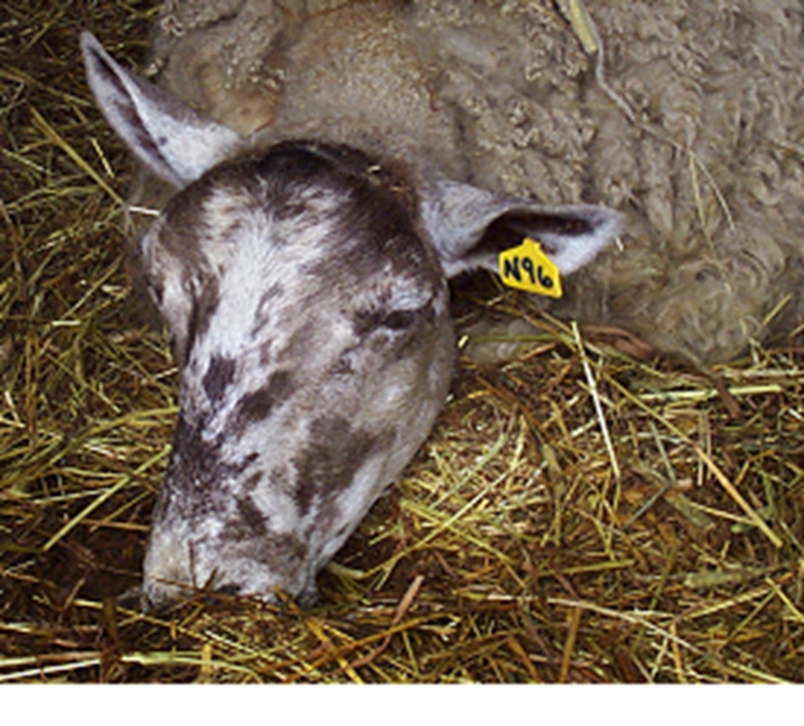


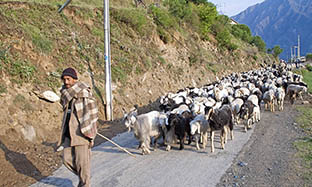
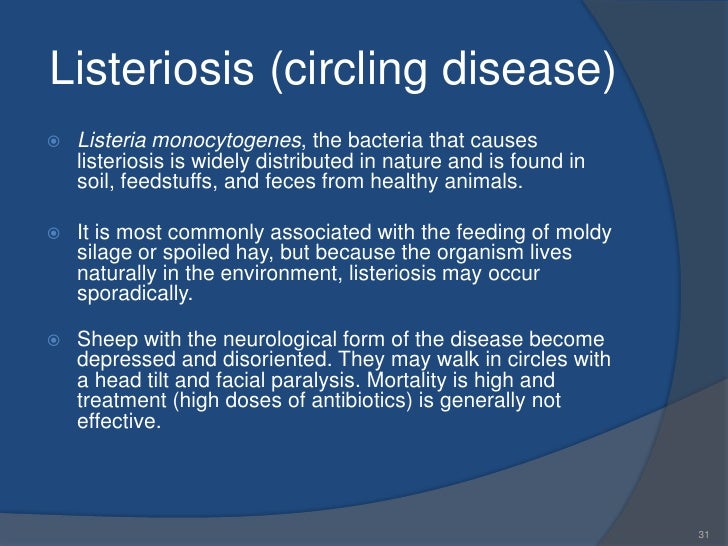
Post a Comment for "Circling Disease In Goats"